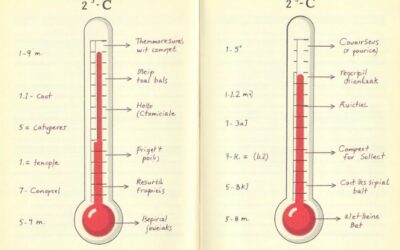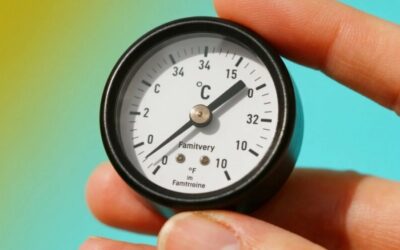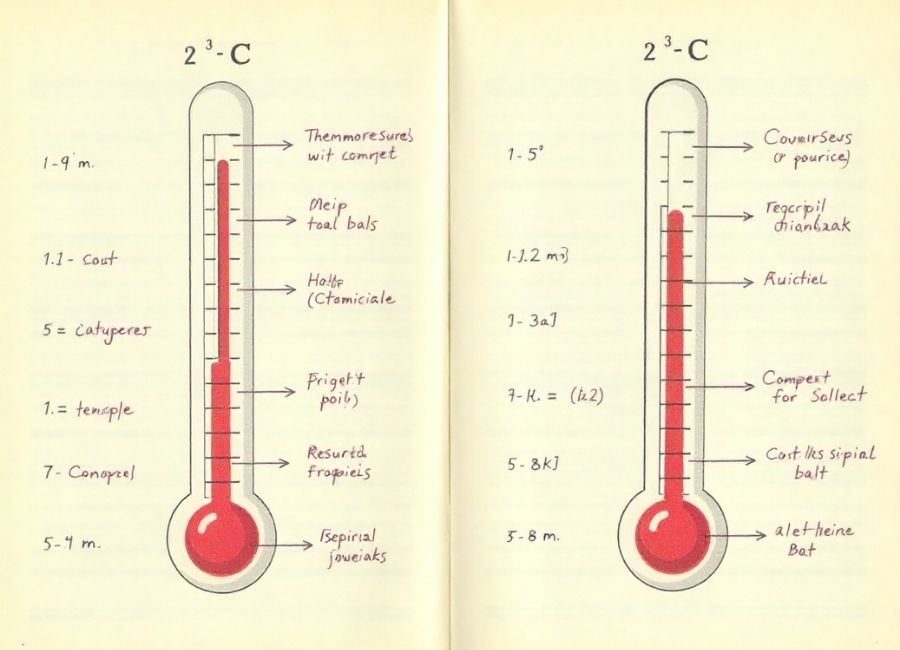Have you ever checked a weather forecast from another country and felt confused? For example, 25 degrees could mean a warm summer day in Europe, but in the United States, it would be a cold winter day. This confusion happens because different countries use either the Fahrenheit or Celsius temperature scale. Knowing how to switch between them is useful, whether you’re packing for a trip or following a recipe from abroad.
This guide explains where Fahrenheit and Celsius come from and how they are used. You’ll find easy formulas and clear, step-by-step examples for converting between the two. By the end, you’ll know how to quickly figure out what 98°F means in Celsius and won’t be confused by foreign temperature readings.
What Are Temperature Scales?
Before learning how to convert temperatures, it helps to know what a temperature scale is. A temperature scale is a standard way to measure how hot or cold something is, usually based on the freezing and boiling points of water. Fahrenheit and Celsius use different numbers for these points, so converting between them is needed.
The Fahrenheit Scale Explained
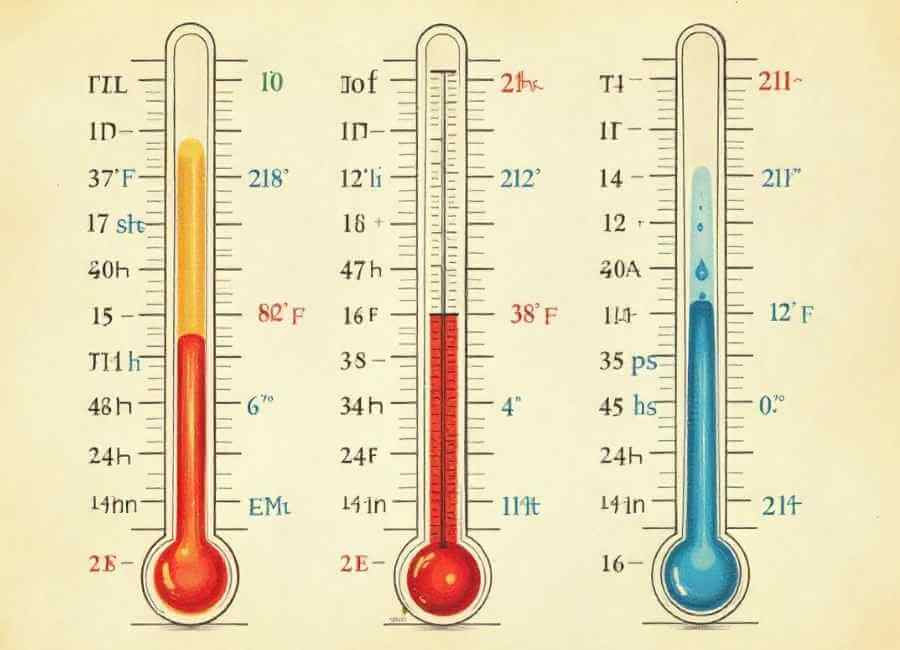
The Fahrenheit scale was created by physicist Daniel Gabriel Fahrenheit in 1724. (Daniel Gabriel Fahrenheit, 2025) Today, it is mainly used in the United States and a few of its territories as part of the imperial system. (Fahrenheit, n.d.)
On this scale, the key reference points are:
- Freezing point of water: 32°F
- Boiling point of water: 212°F
The Fahrenheit scale is based on the 180-degree difference between the freezing and boiling points of water. Some people find it less straightforward than Celsius, but its smaller steps can make temperature readings more precise without decimals, which is helpful for things like weather reports.
Understanding the Celsius Scale
The Celsius scale, once called the centigrade scale, was created by Swedish astronomer Anders Celsius in 1742. (Anders Celsius | Temperature Scale, Thermometer, Astronomy, n.d.) Most countries use Celsius as their standard temperature scale, and it is a key part of the metric system. (Celsius | Definition, Conversion to Fahrenheit, & Facts, 2025)
The Celsius scale is based on two simple reference points:
- Freezing point of water: 0°C
- Boiling point of water: 100°C
The 100-degree difference between freezing and boiling makes Celsius easy to use and understand. That’s why it is used worldwide for science and everyday life.
How to Convert Fahrenheit to Celsius
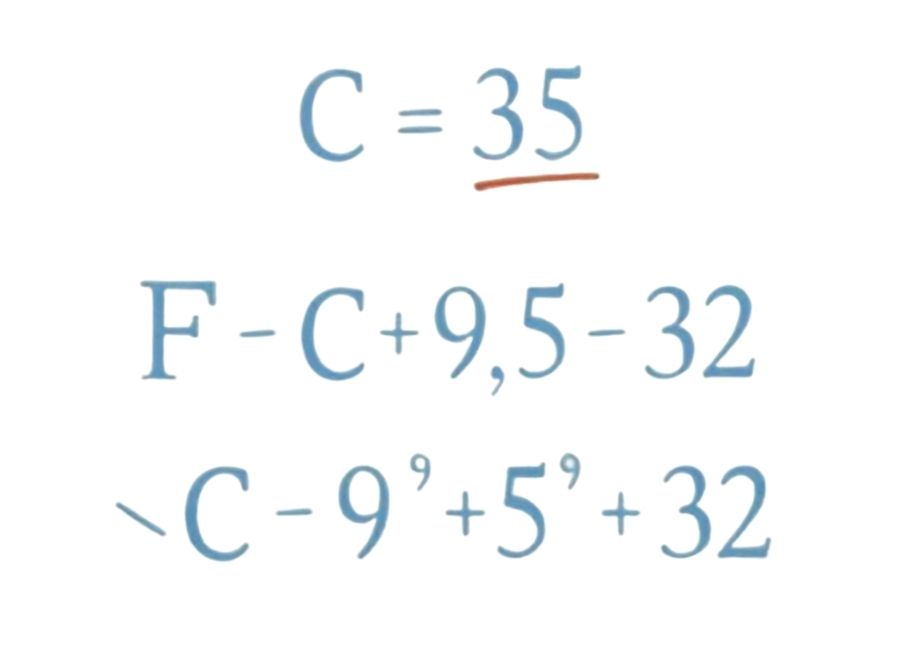
Converting from Fahrenheit to Celsius is a straightforward process with a simple formula. This is useful when you have a temperature in Fahrenheit—say, the normal human body temperature of 98.6°F—and want to understand it in the Celsius scale used by most of the world.
The Conversion Formula
To convert Fahrenheit (°F) to Celsius (°C), use the following formula:
C = (F – 32) * 5/9
Step-by-Step Conversion
Here’s an example: let’s convert the normal body temperature of 98.6°F to Celsius.
- Subtract 32 from the Fahrenheit temperature.
- 98.6 – 32 = 66.6
- Multiply the result by 5/9.
- 66.6 * (5/9) ≈ 37
So, 98.6°F is about 37°C. According to the CK-12 Foundation, 98°F is roughly 36.7°C.
How to Convert Celsius to Fahrenheit
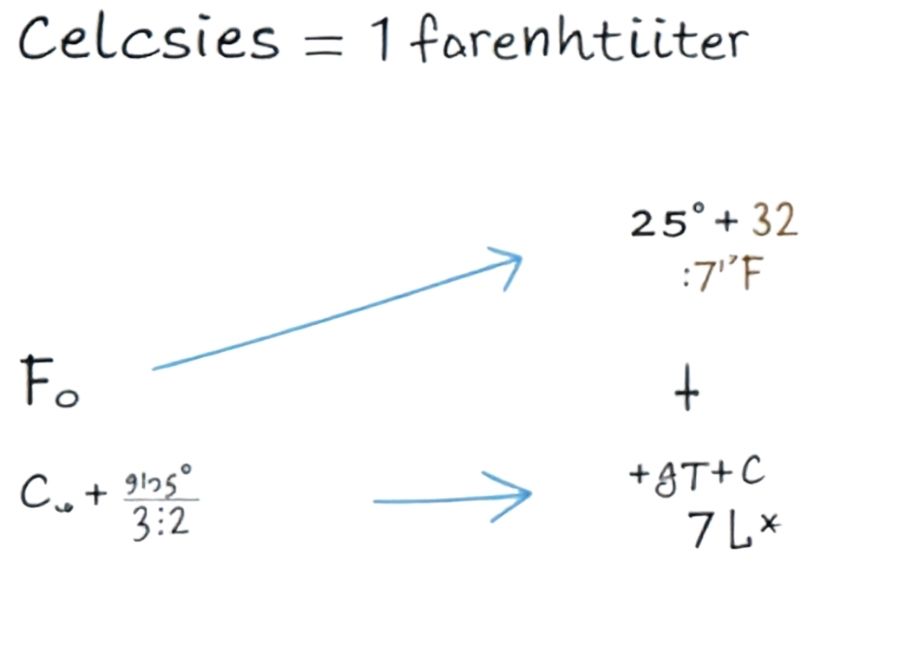
Converting Celsius to Fahrenheit is just as easy, but you use a different formula. This is useful if you’re traveling and see a weather forecast in Celsius but want to know what it means in Fahrenheit.
The Conversion Formula
To convert Celsius (°C) to Fahrenheit (°F), use this formula:
F = (C * 9/5) + 32
Step-by-Step Conversion
Let’s convert a comfortable day of 25°C to Fahrenheit.
- Multiply the Celsius temperature by 9/5.
- 25 * (9/5) = 45
- Add 32 to the result.
- 45 + 32 = 77
So, 25°C equals 77°F.
Your Temperature Questions Answered
FAQ: Common Temperature Conversions
What is normal body temperature in Celsius?
Normal human body temperature is usually 98.6°F. (Conversion of scales of temperature, n.d.) When you convert this, it equals 37°C.
What is 0°F in Celsius?
To change 0°F to Celsius, subtract 32 and multiply by 5/9. This gives about -17.8°C, which is much colder than water’s freezing point (0°C).
Is there a temperature where Fahrenheit and Celsius are the same?
Yes, there is one point where both scales intersect: -40. At this temperature, -40°F is equal to -40°C. It’s the only point where the numbers on both scales align. (Fahrenheit, n.d.)
Why does the US still use Fahrenheit?
The United States still uses Fahrenheit mostly because of tradition and culture. When the rest of the world switched to the metric system, the US was already using Fahrenheit in daily life. Changing to Celsius would be expensive, and many people are used to the old system. (Why Doesn’t the U.S. Use the Metric System?, 2023)
Master Temperature Conversions
Fahrenheit and Celsius might seem confusing at first, but the formulas to convert between them are easy to use. Whether you’re checking the weather, changing a recipe, or just curious, knowing how to switch between these scales is helpful. Keep this guide nearby, and you’ll be able to understand any temperature reading.










